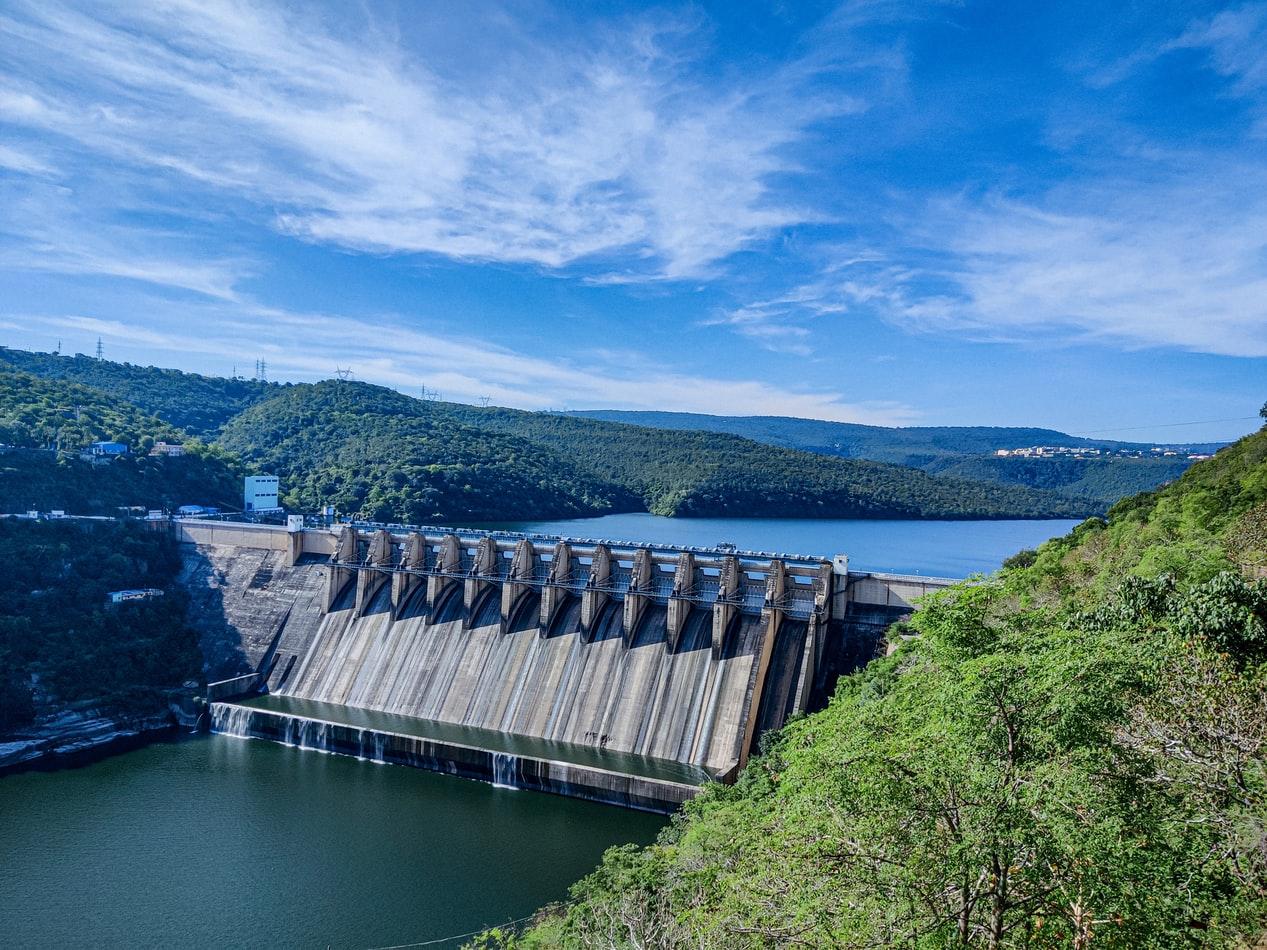Business Energy Broker
The latest IEA report provides an extensive insight into the potentials of hydropower as a low-carbon source to provide flexibility for a Net-Zero future in energy.
Hydropower is the primary source for low-carbon energy generation. Almost 50% of global low-carbon generation comes from hydropower plants. Its contribution to the energy generation mix is higher than that of any of the other renewable sources combined. This includes sources such as Solar PV and Offshore Wind which have had large increases over the last decade.
As well as accounting for the majority proportion of low-carbon generation, in 2020, hydropower was the 3rd largest energy generation source, behind coal and natural gas, providing a significant 17% of global energy. These are impressive figures but we rarely hear about hydropower compared to other low-carbon sources such as Solar PV.
IEA Executive Director, Dr Fatih Birol, said:
“Hydropower is the forgotten giant of clean electricity, and it needs to be put squarely back on the energy and climate agenda if countries are serious about meeting their net-zero goals.”
Although hydropower plants are a major component of global low-carbon generation, they have not received the modernisation that Solar PV, Offshore Wind and other low-carbon sources have received from Net-Zero projects funding in developed countries. This put their contribution to energy security and flexibility at risk for the future of clean power networks.
Between 2021 and 2030 around $127 billion will be invested into the replacement, upgrade or addition of turbines to existing hydropower plants. This is less than half of the projected investment required to meet the global modernization needs.
Their ability to rapidly increase or decrease generation, stop or restart and adjust to compensate generation is vital to support the integration of other low-carbon sources to the grid. This flexibility is not available in any other technology and is provided at a low operation cost and high storage capacity.
Despite the impressive benefits of hydropower, it is estimated around half of the worlds economically viable potential is unused. This is due to several factors.
Governments can play a large part in raising the awareness of hydropower’s sustainability and implement the standards required to build social and investor confidence. Following sustainable standards and best practices can reduce the time, cost and risk associated with the current environmental assessments required for hydropower projects – while providing revenue certainty for the future. The currently limited assurance of revenue certainty makes financing projected up to 2030 difficult.
Hydropower could be the cost-effective, flexible and viable source to power a Net-Zero future by 2050. However, the current challenges in place of public acceptance, investor confidence and lack of policies to standardise assessments affect the progress of reaching hydropower potential.

More information is available by speaking to Jason Thackray on 0333 9000 246 or email :
jason.thackray@utilityswopshop.co.uk